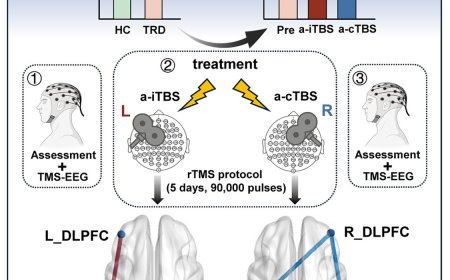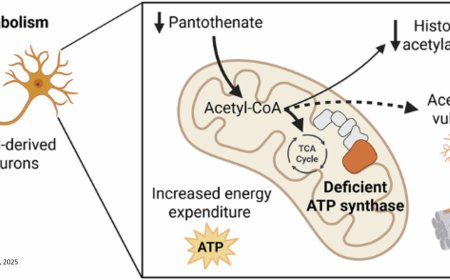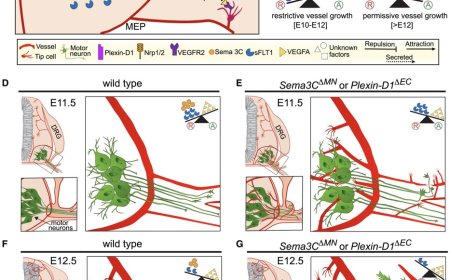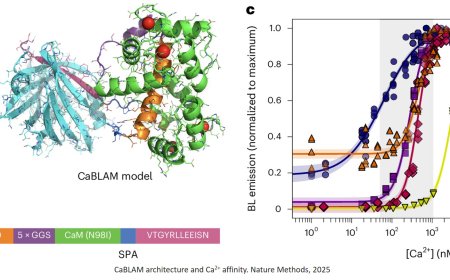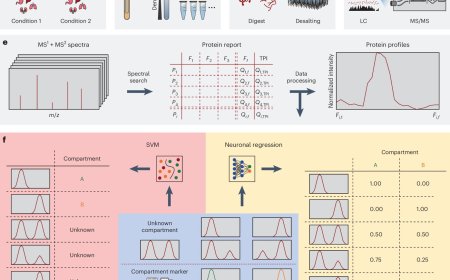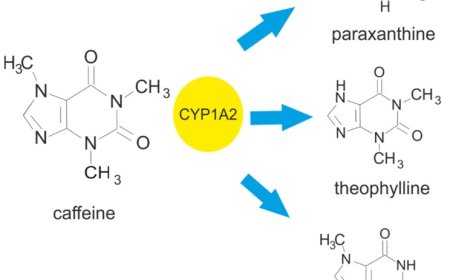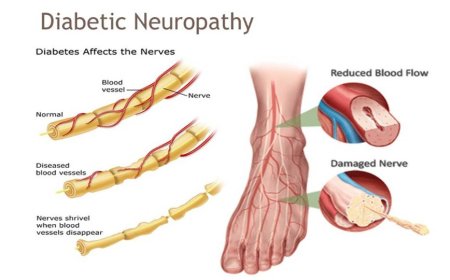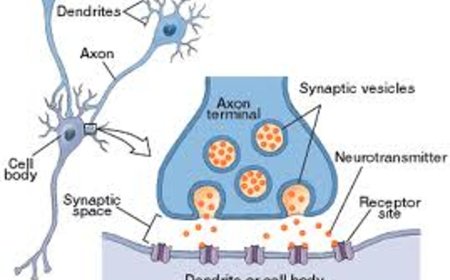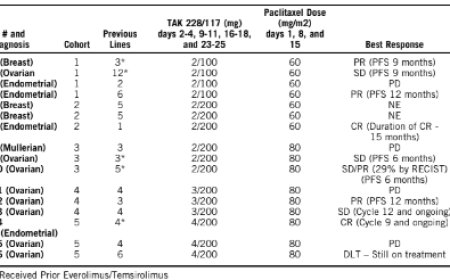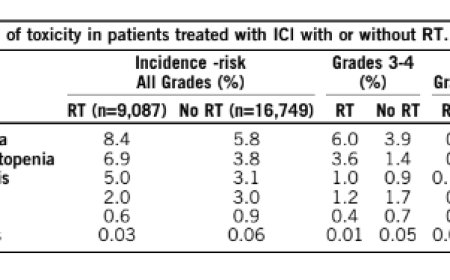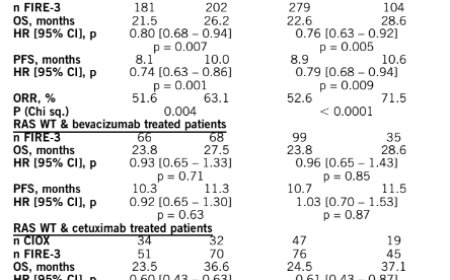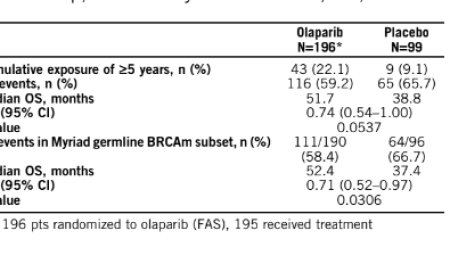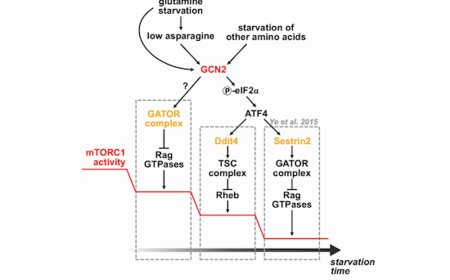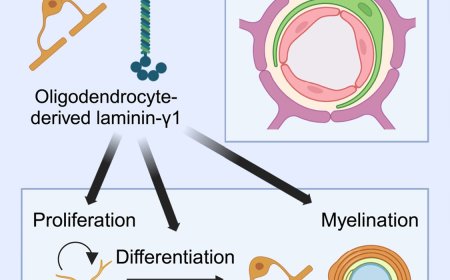Inflammatory disease from interactions between oxidized DNA and the NLRP3 inflammasome
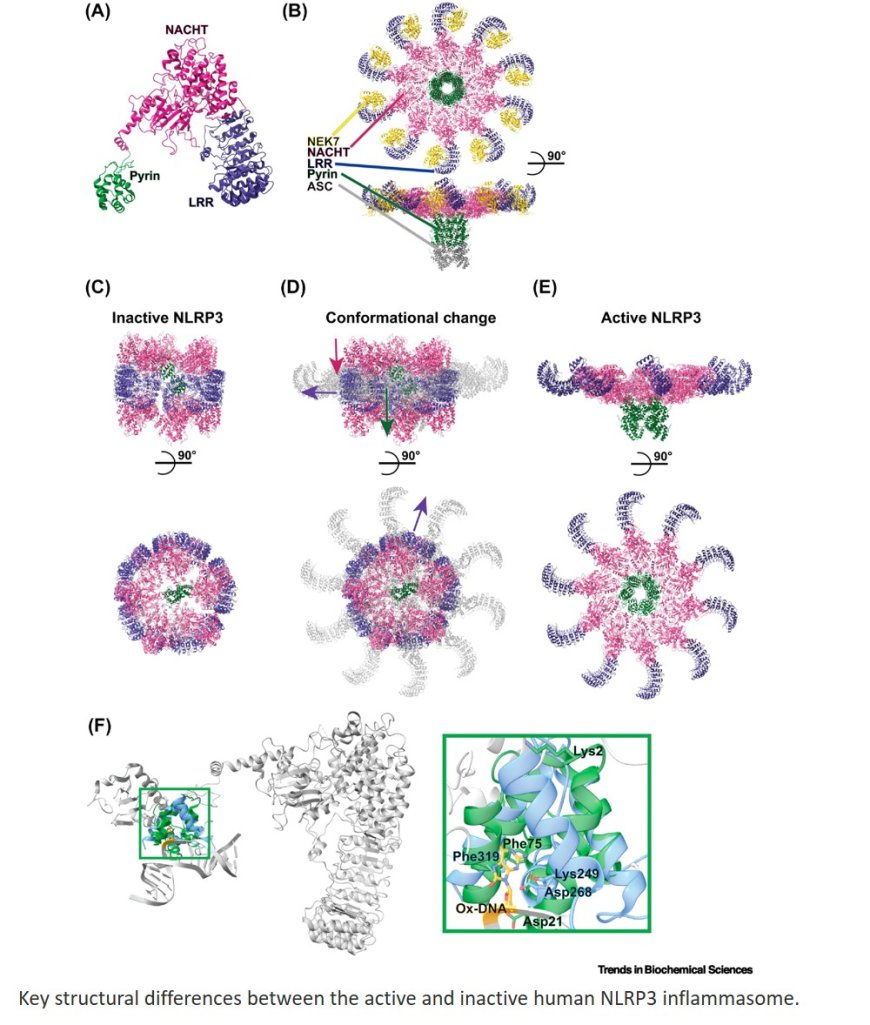
Inflammation, once seen as solely protective, is now recognized as a driver of diseases such as neurodegeneration, type 2 diabetes, and autoimmunity, prompting renewed interest in targeting upstream triggers like oxidized DNA (ox-DNA).
ox-DNA, particularly from damaged mitochondria or stressed nuclei, acts as a potent activator of innate immune sensors, including the NLRP3 inflammasome, linking oxidative stress directly to chronic inflammation.
Rather than being a passive byproduct, ox-DNA functions as an active inflammatory signal, positioning it as a promising therapeutic target in diseases marked by unresolved or sterile inflammation.
Advances in structural biology have shed light on how NLRP3 recognizes ox-DNA and undergoes conformational changes during activation, although the precise molecular site of inflammasome assembly remains to be fully defined.
Crosstalk between DNA-sensing pathways, including NLRP3, absent in melanoma 2, and cyclic GMP-AMP synthase–stimulator of interferon genes, enables the immune system to distinguish between different types of DNA damage, shaping the balance between pro- and anti-inflammatory responses.
https://www.cell.com/trends/biochemical-sciences/fulltext/S0968-0004(25)00184-7
https://sciencemission.com/interactions-between-oxidized-DNA-and-the-NLRP3-inflammasome
